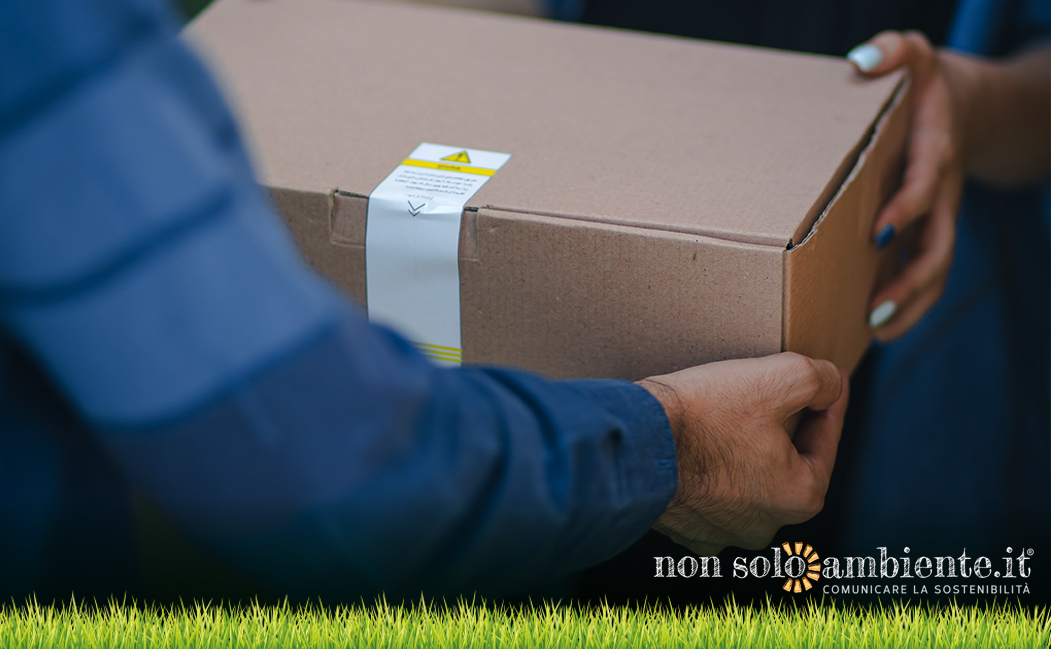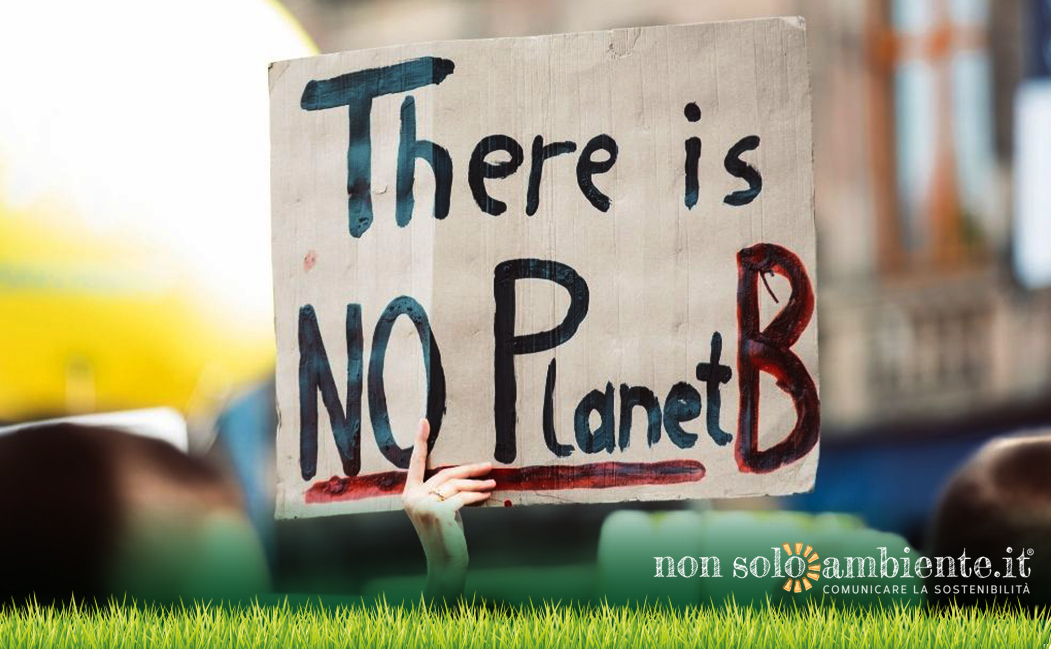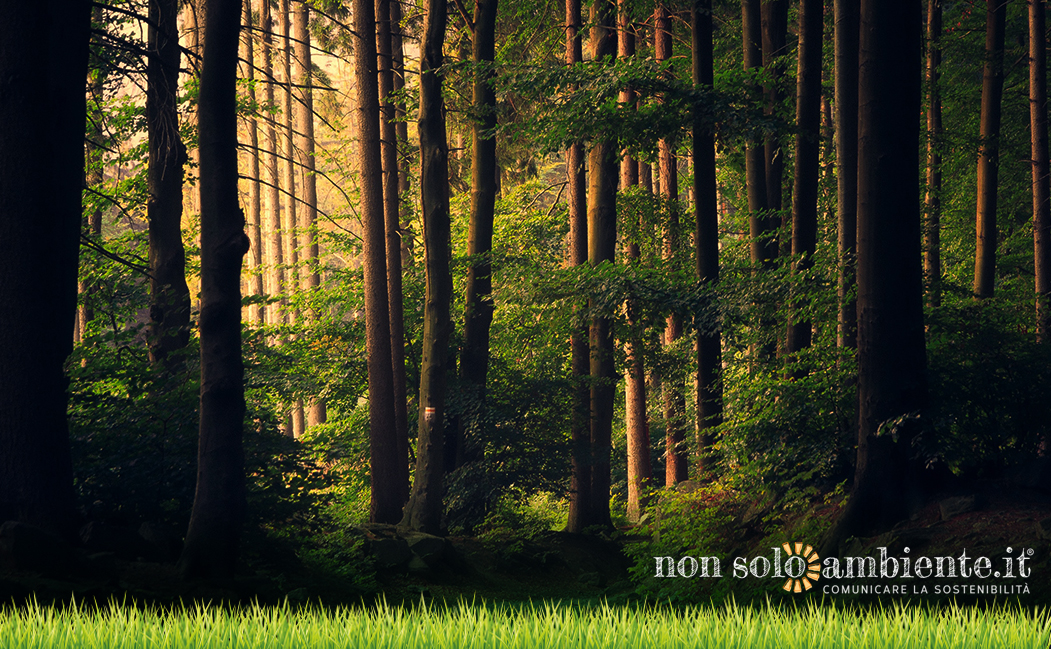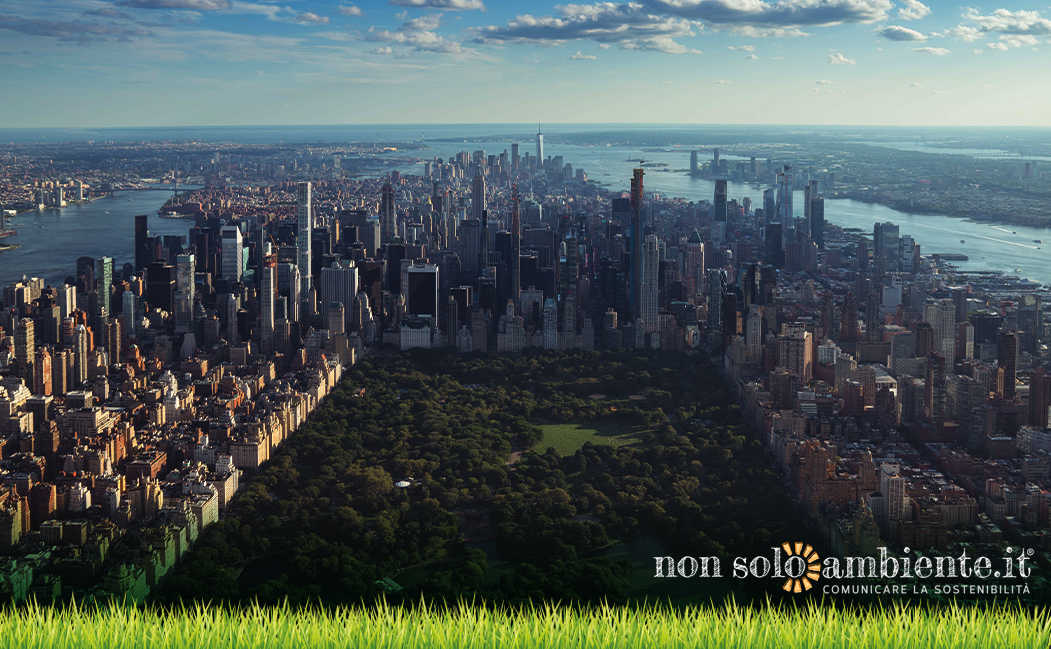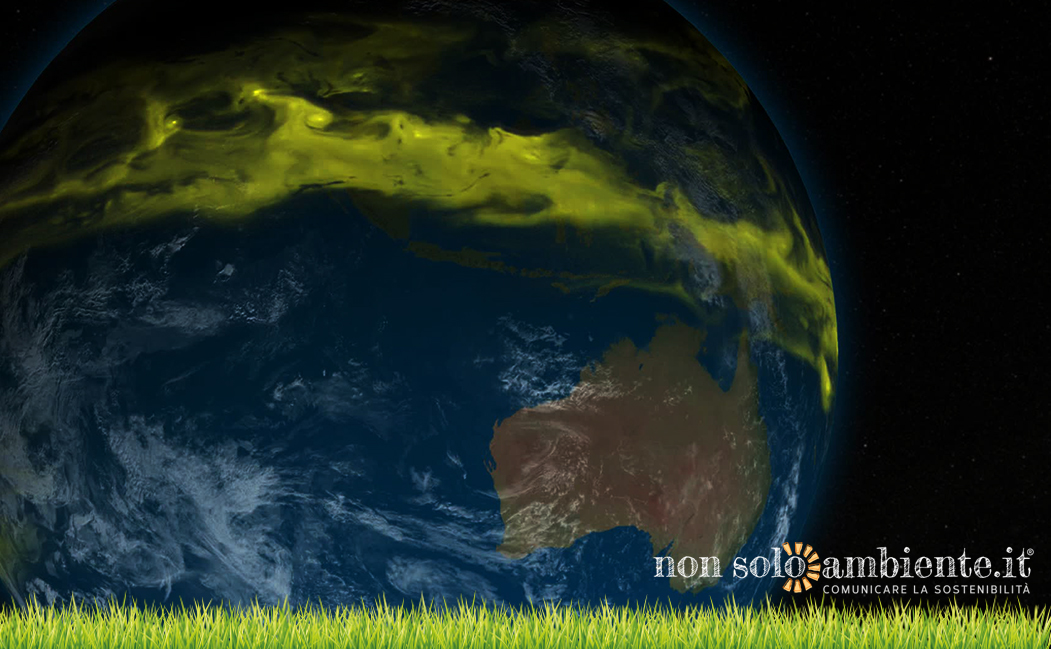
Ultime Notizie

What is happening to the Ozone Hole? According to the latest news, the hole has closed up in the Arctic region – and COVID19 lockdown has nothing to do with it.
Picture credits: NASA
The Ozone Hole history in a nutshell
First of all, what exactly is the Ozone hole? We heard a lot about this, but it has quite often used as an umbrella term to refer to a massive polluted area. According to the NASA Institute, “the Ozone hole is actually a region of exceptionally depleted ozone in the stratosphere over the Antarctic that happens at the beginning of Southern Hemisphere spring (August–October). Satellite instruments provide us with daily images of ozone over the Antarctic region”.
The Ozone Layer lies in the Stratosphere where acts as a shield to protects us from ultraviolet radiation. Excessive doses of such UV rays can increase the chances of harmful diseases, including skin cancer. For decades the Ozone Layer was attacked by chemical substances such as Chlorine, Bromine and other halogens – called halocarbons – at the time commonly used as aerosol propellants, pesticides and solvents. Combined with UV radiation and the atmosphere, such substances break down and react with the Ozone, destroying the protective layer.
In order to stop this, in 1987, an international treaty called ‘The Montreal Protocol’ came into force, designed to cut down the production of products which create halocarbon substances. This protocol was agreed by 196 states and the European Union to phase out CFC production and put the ozone layer on a path to recovery.
What is the Polar Vortex?
To better understand why a massive hole was registered in March 2020 in the Arctic area, it is fundamental to get familiar with the term “Polar Vortex”. According to the US Department of Commerce, National Oceanic and Atmospheric Administration and National Weather Service, “the Polar Vortex is a large area of low pressure and cold air surrounding both of the Earth’s poles. It always exists near the poles, but weakens in summer and strengthens in winter. The term "vortex" refers to the counter-clockwise flow of air that helps keep the colder air near the Poles. Many times during winter in the northern hemisphere, the polar vortex will expand, sending cold air southward with the jet stream. This occurs fairly regularly during wintertime and is often associated with large outbreaks of Arctic air in the United States”.
The formation of an Ozone Hole is driven by extremely cold temperatures (below -80°C), sunlight, wind fields and damaging chemicals. The majority of the ozone depletion in the Arctic takes place inside the so-called polar vortex: a region of fast-blowing circular winds that intensify in the fall and isolate the air mass within the vortex, keeping it very cold.
The Arctic situation
According to the World Meteorological Association (WMA), “this winter the severity of the Arctic ozone depletion was supported by unusually weak upper-atmospheric “wave” events. These waves drive masses of air through the upper atmosphere travelling upward from the lower atmosphere in middle latitudes which disturb the vortex around the Arctic and bring ozone rich air from other parts of the stratosphere.”
In March 2020, we got to know about the largest ever recorded Ozone hole over the Arctic by the CAMS (Copernicus Atmosphere Monitoring Service) – the centre of quality control related to air pollution and health, solar energy and greenhouse gases. This happened because of the pesky Polar Vortex, which is not typical of the Northern Hemisphere. This large Ozone hole covered an area about three times the size of Greenland.
However, on April 23rd, the researchers and the scientists at the CAMS announced that the unusual Ozone hole forming over the Arctic is now closed. It was announced on a Twitter post, stating that “The unprecedented 2020 northern hemisphere Ozone Hole has come to an end. The Polar Vortex split, allowing ozone-rich air into the Arctic, closely matching last week's forecast from the Copernicus Atmosphere Monitoring Service”.
Did Coronavirus lockdown help the hole closure?
It is reported that COVID-19 lockdowns led to a notable decrease in air pollution, however, researchers and scientists affirm that the pandemic was not the reason for the Ozone Hole closing. “Actually, COVID19 and the associated lockdowns probably had nothing to do with this,” CAMS tweeted on April 26th. “It’s been driven by an unusually strong and long-lived polar vortex, and isn’t related to air quality changes.”
According to recent data from NASA, the Ozone levels above the Arctic reached a record low in March. Paul Newman, Chief Scientist for Earth Sciences at NASA, affirmed in a press release that “this year’s low Arctic ozone happens about once per decade. For the overall health of the ozone layer, this is concerning since Arctic ozone levels are typically high during March and April.” “We don’t know what caused the wave dynamics to be weak this year,” Newman said. “But we do know that if we hadn’t stopped putting chlorofluorocarbons into the atmosphere because of the Montreal Protocol, the Arctic depletion this year would have been much worse.”
Here you can take a look at the Euronews video about the progression of the Ozone layer in the Arctic
Tags:
Potrebbero interessarti ...
Snam’s commitment to sustainability at Dubai Expo 2020
13 Ottobre 2021No more chocolate by 2050 because of extreme droughts effects
22 Settembre 2021How much CO₂ do urban forests absorb?
15 Settembre 2021Iscriviti alla nostra Newsletter!
Sei un sostenitore dell'ambiente in tutte le sue forme? Allora sei nel posto giusto!
Iscriviti subito!